Sanchi and Udayagiri – Of Fables and Faiths
Sanchi (Raisen District) and Udayagiri Caves (Vidisha District), may well be centuries apart but are just 9 kilometres away from each other. While Sanchi is an essential Buddhist circuit must-visit destination, Udayagiri caves have a significant gestalt deep-rooted in Hinduism. These tiny towns in Madhya Pradesh narrate many-a-period tales, and these belong to many pre-historic sculpted caves found around Central India.
While their religious significance may vary, they seem somewhat linked. Inscriptions in Sanchi refer to some grants made by Chandragupta-II and his General Amrakardava as a part of his military expeditions in Central India. The Royal religious caves in Udayagiri also seem connected with the same campaign.
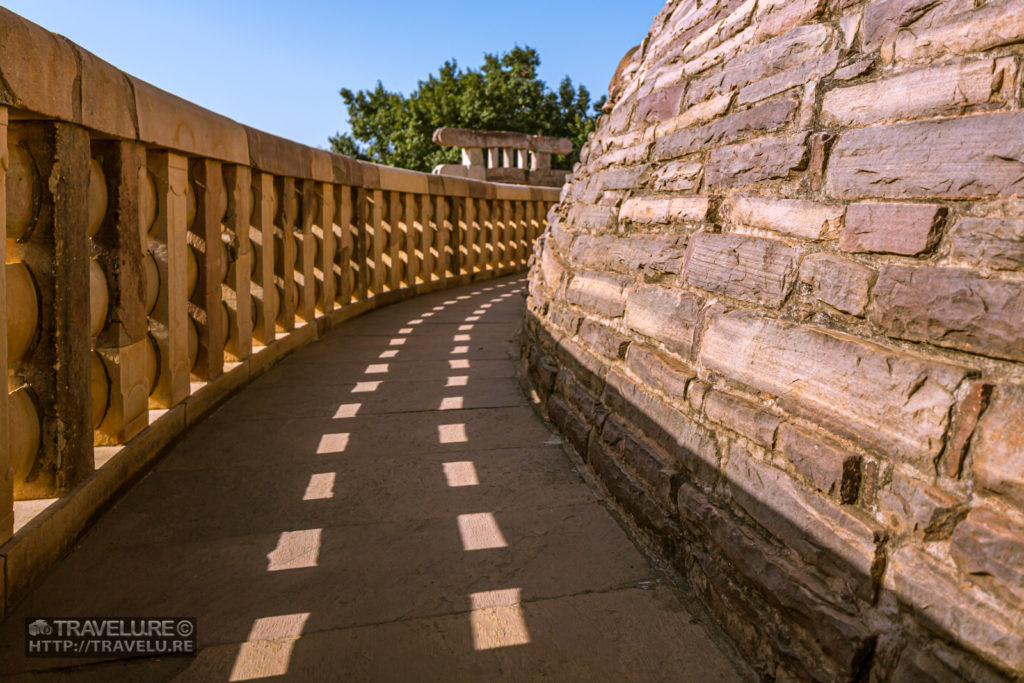
Why Sanchi?
Many credible sources attribute the great stupa’s construction to Emperor Ashoka in the 3rd century BCE to house the ashes of Buddha. But according to some, it was Devi, the emperor’s first wife. Ancient Ceylonese chronicle, Maha Bodhi Vamsa, links Devi to Vedisagiri (present-day Vidisha). This, and that Devi had built the Great Vihara of Vedisagiri, may have been his motivation for building the great stupa in Sanchi.
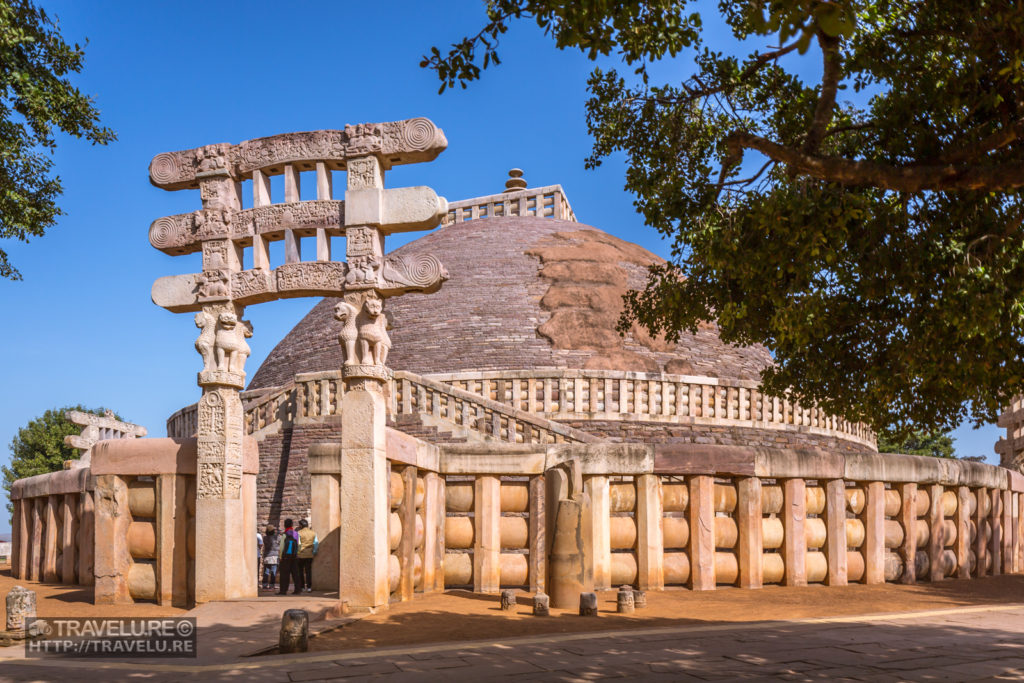
The Great Stupa
The central structure is a half egg-shaped dome erected on a base with the relic chamber within. This dome symbolises heaven enclosing earth. A square railing on top represents mountains. Its triple umbrella top represents the three jewels of Buddhism – the Buddha, the Dharma (doctrine), and the Sangha (community).
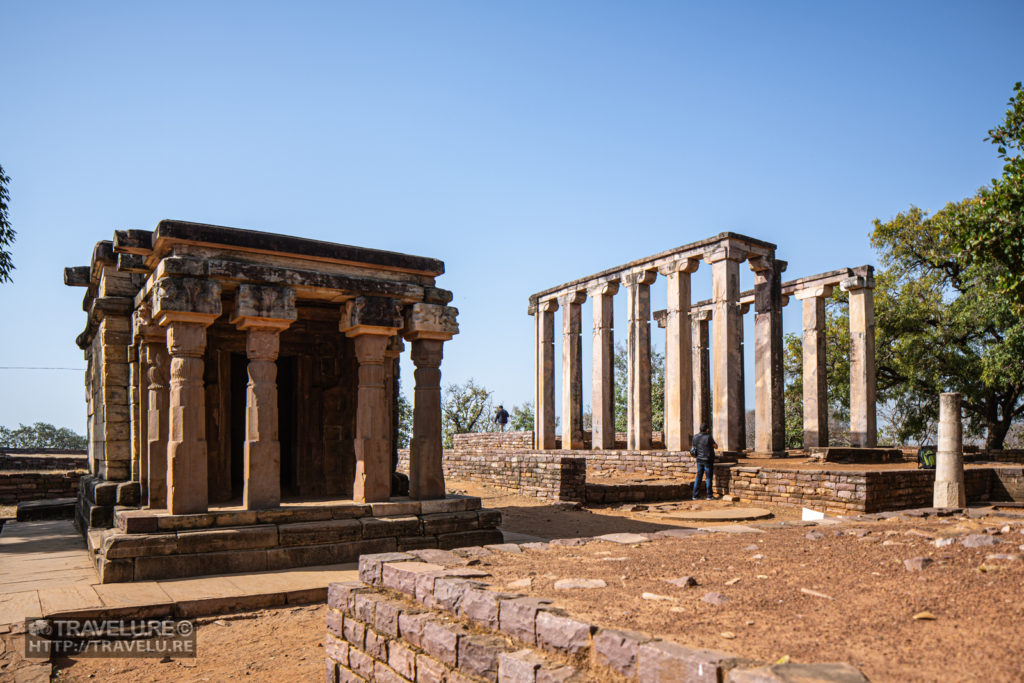
Faithfuls circumambulate the railing-enclosed circular pathway (Medhi) surrounding the stupa. A low wall (vedika) surrounds the entire structure. Torana (ceremonial gateway) punctuates this wall at four points. Torana is the crowning glory of Sanchi sculpture. Three architraves surmount the two posts topped by sculptured animals or dwarfs.
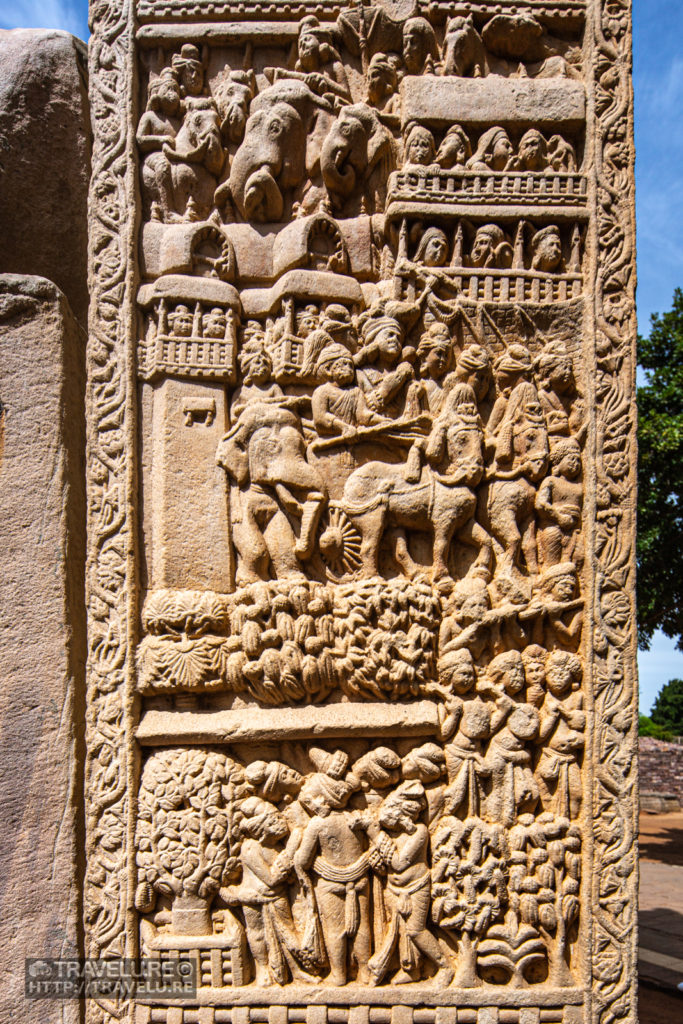
Bass relief sculpture depicting events from Buddha’s life, and stories of his previous lives (Jataka) cover the entire gateway. These continuous narration crowded panels are full of life. A wheel, an empty throne, or a pair of footprints depict Buddha. Inscriptions also bear the names of those who donated.
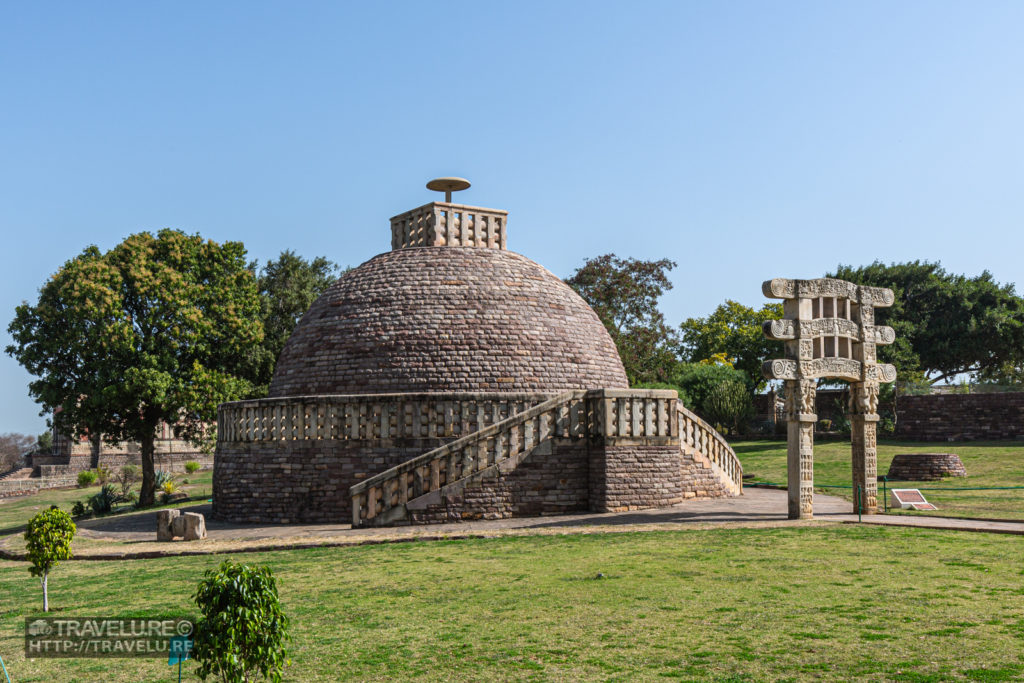
The complex houses two more stupas besides the Great Stupa, ruins of a monastery, and more ruins of viharas. The structures here date between the 3rd century BCE and the 1st century CE.
Udayagiri
Even before the sculpting of caves here, the place was famous since the BCE era as a centre for astronomy. The sundials and inscriptions here support this. This made Udaygiri sacred and hence its name. It means ‘sunrise mountain’.
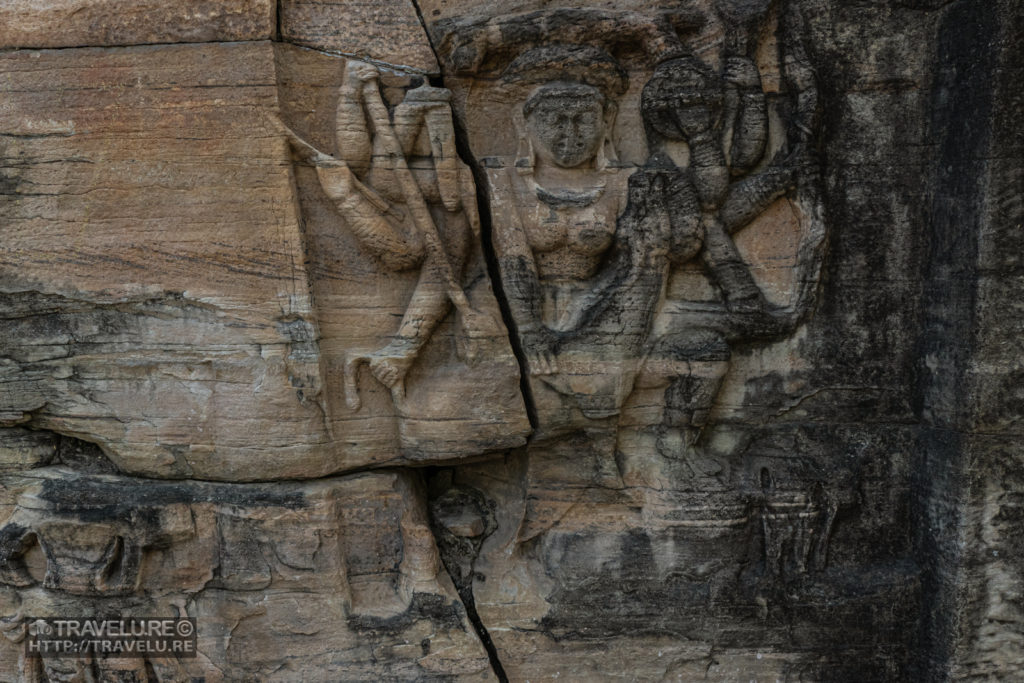
King Chandragupta-II reworked the caves in the 5th century to project the Hindu king concept of a paramount sovereign and a supreme devotee. This led to Udaygiri’s evolution from just an astronomy centre to an Astro-political centre. In fact, the title ‘Vikramaditya’, as Chandragupta-II later became known, translates to ‘he who is the sun of prowess’ – an obvious influence of Udayagiri.
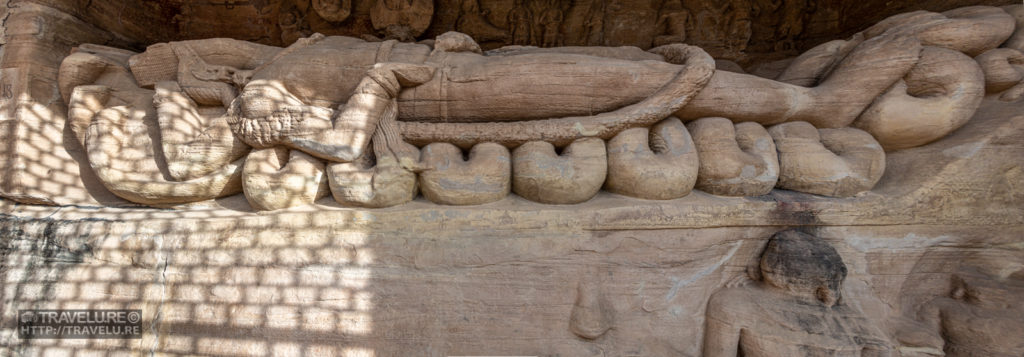
Udayagiri Caves
Like Sanchi, most sculpted panels in Udayagiri Caves are bass relief. Cave 13 has a panel that depicts a resting figure of Lord Vishnu as Narayana, with Chandragupta-II standing near his feet with folded hands. The most-celebrated sculpted panel of Udayagiri Caves in Cave #5 depicts Vishnu’s Varah (boar) avatar rescuing Bhudevi (Goddess Earth) in crisis. It is a colossal panel carved in a shallow niche rather than in a cave.
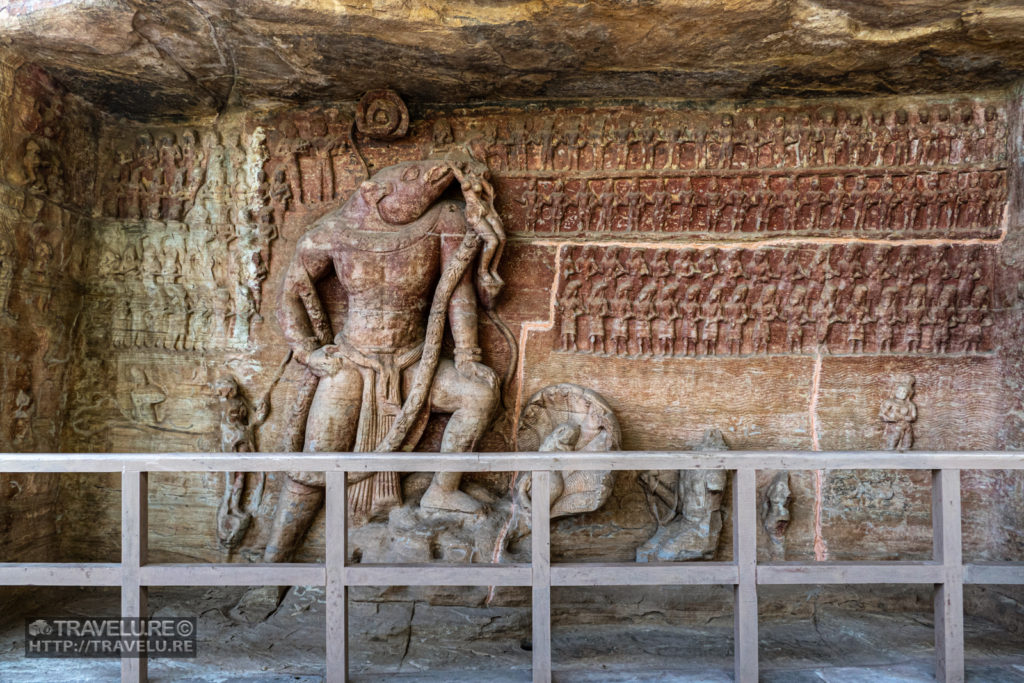
While the above panels bear a powerful Vaishnavism influence, other caves also reveal Shaktism and Shaivism leanings. Cave #4 has an exquisitely carved Shiva Linga, while cave #6 has Durga slaying Mahishasura – the deceptive shape-shifting buffalo demon. This is one of the earliest representations of this Durga legend in a cave temple.
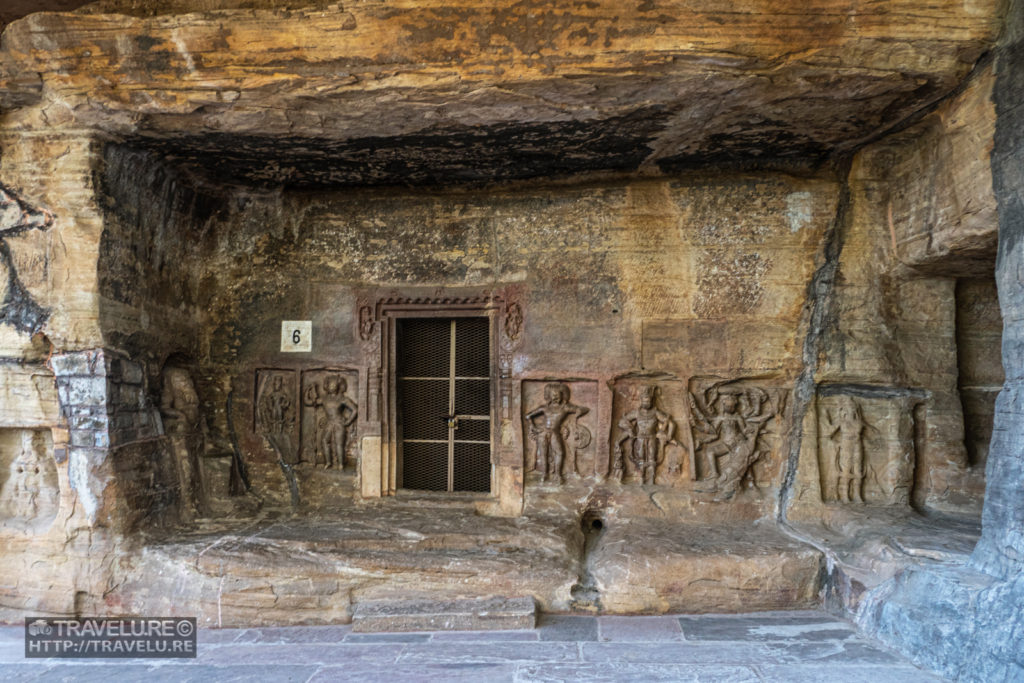
Sanchi and Udayagiri – Of Fables and Faiths
Though the physical distance may not be much, their faiths distance Sanchi and Udayagiri. While Sanchi is a Buddhist holy place, Udayagiri was important for 3 strong cults of Hinduism – Vaishnavism, Shaktism, and Shaivism.
Sanchi is a UNESCO World Heritage Site, and the Archeological Survey of India (ASI) maintains Udayagiri. Both have fables and tales carved in stone, immortalised for centuries and generations of mankind. Both offer more than a glimpse into the religious heritage of Central India. I would not be exaggerating when I say both are a must-visit for anyone looking for a peep into the rich heritage of ancient India in modern-day Madhya Pradesh.
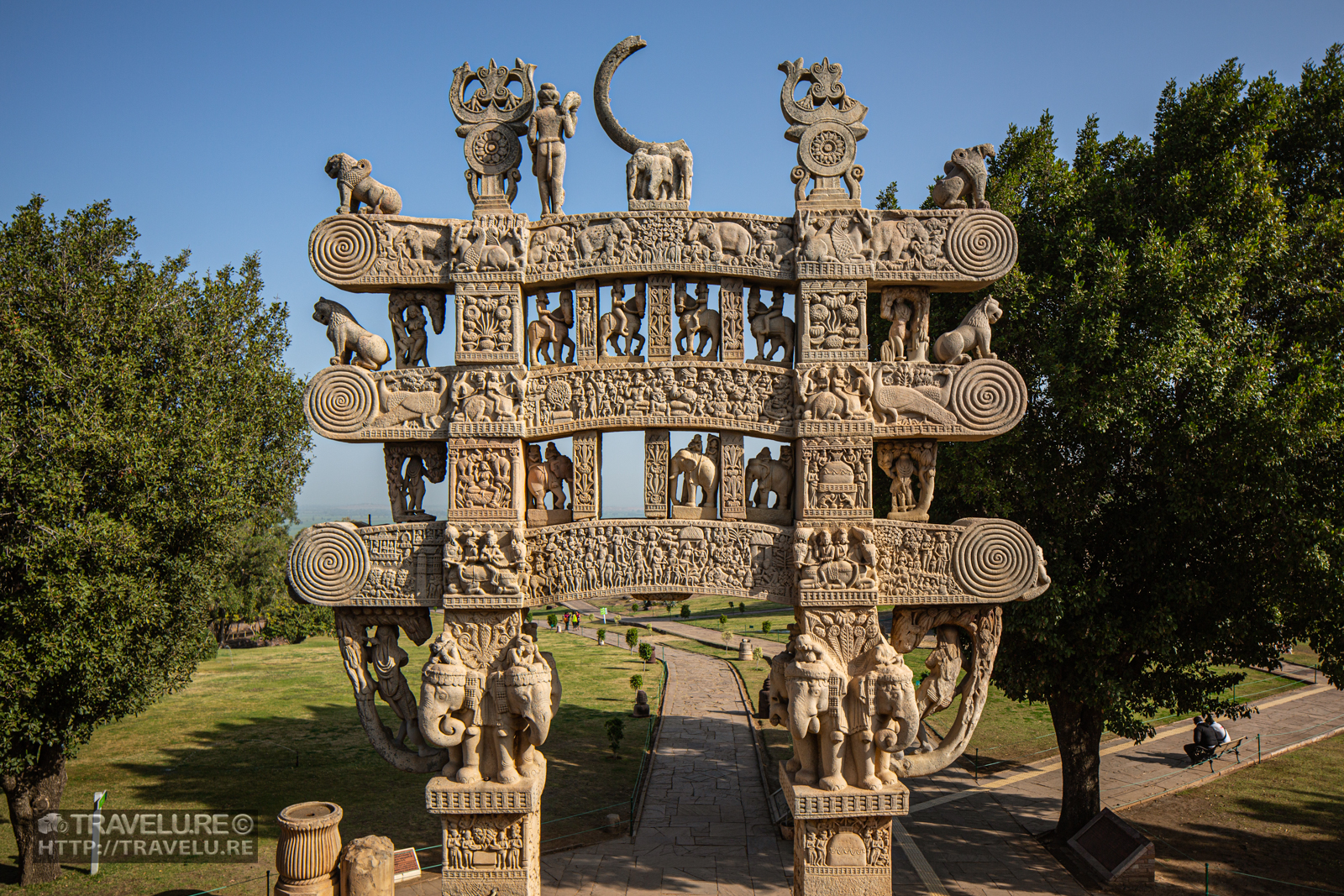
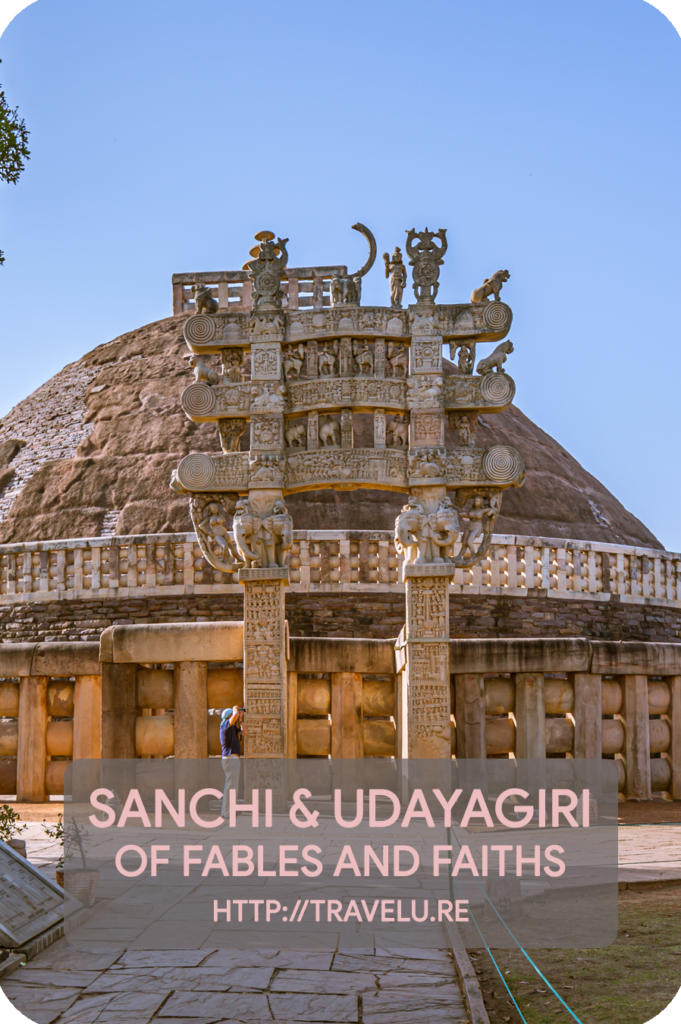
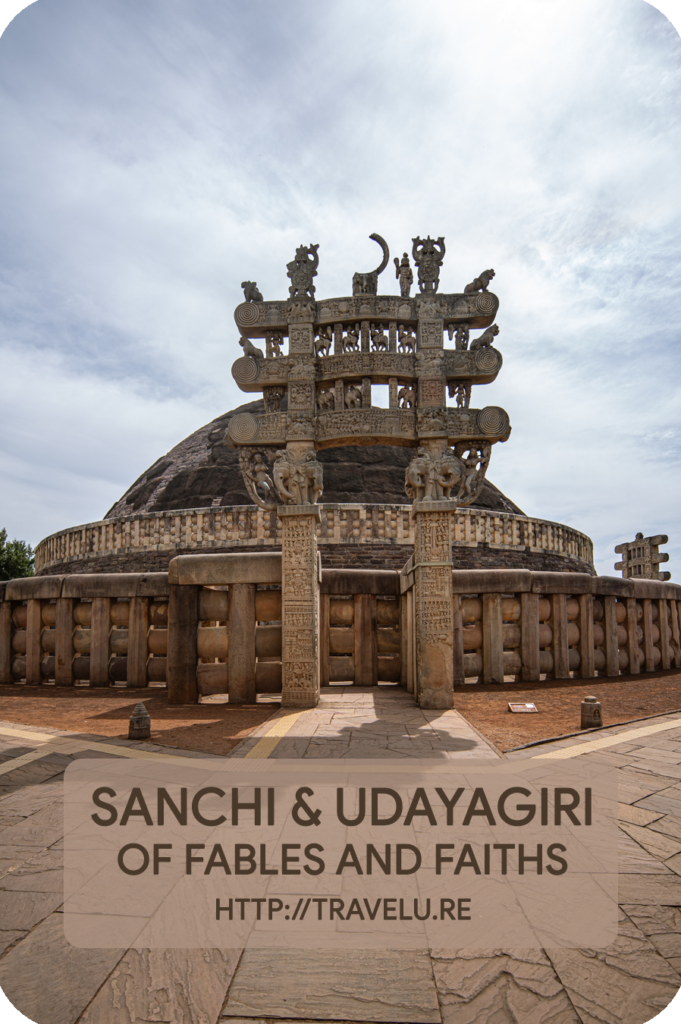
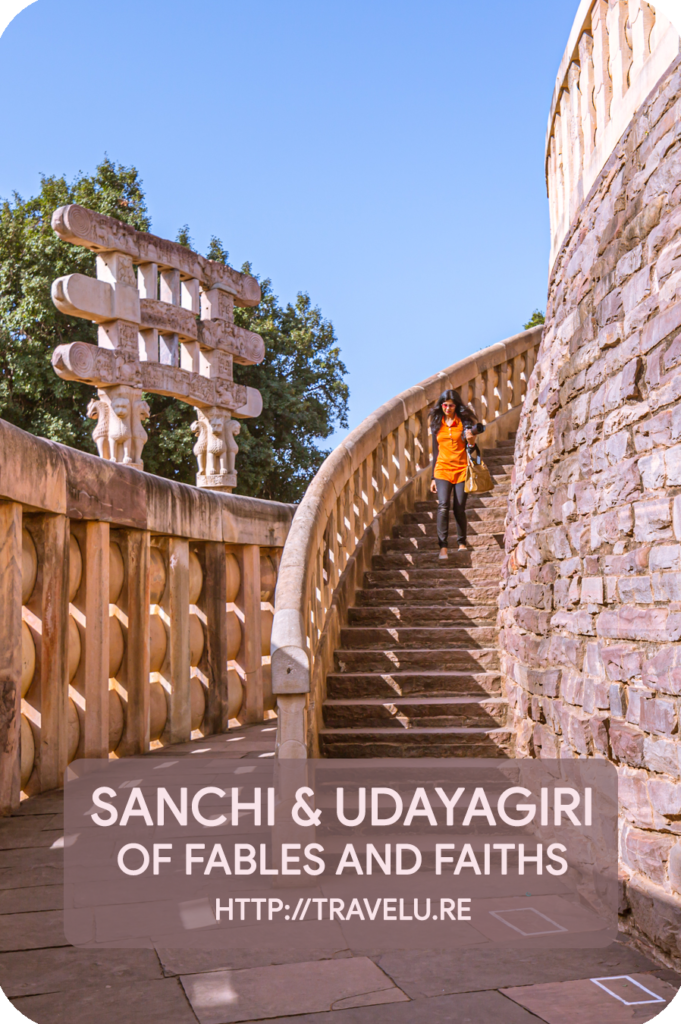
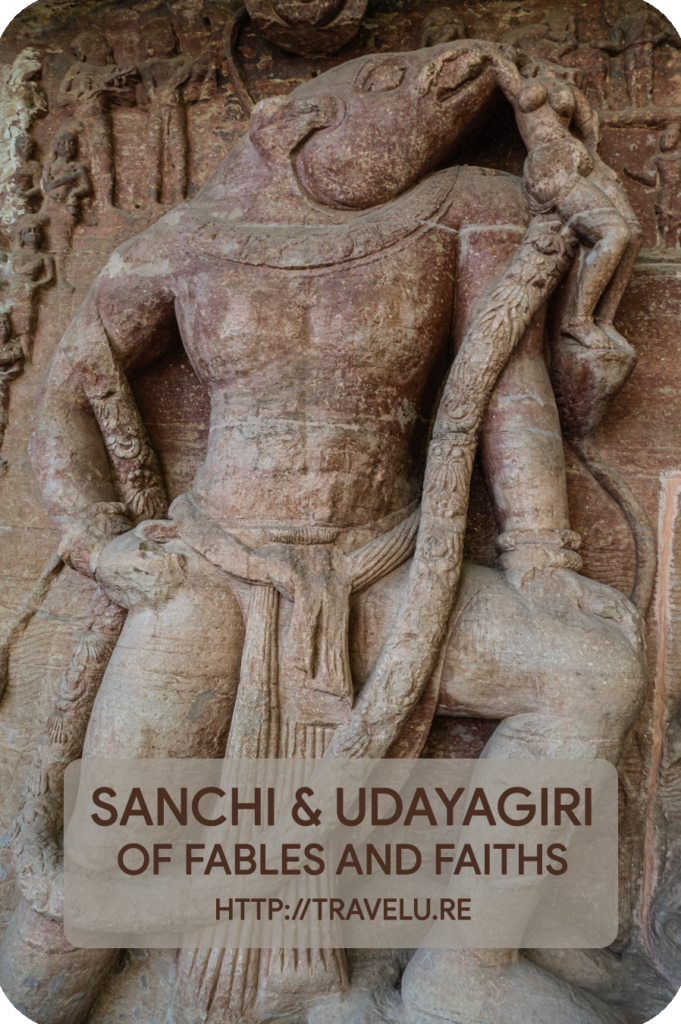
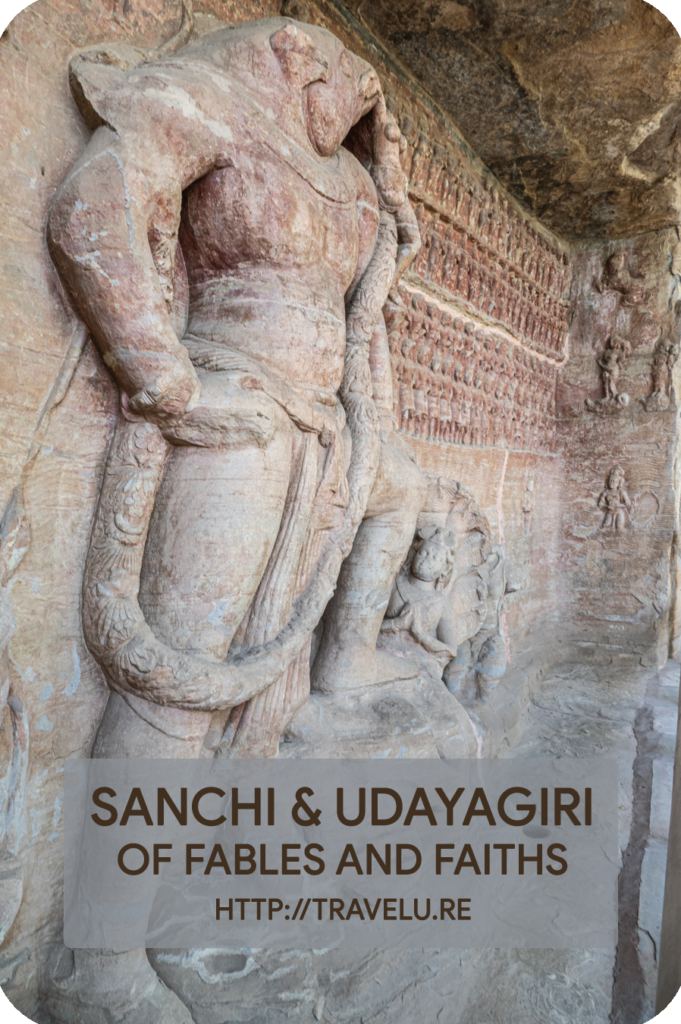
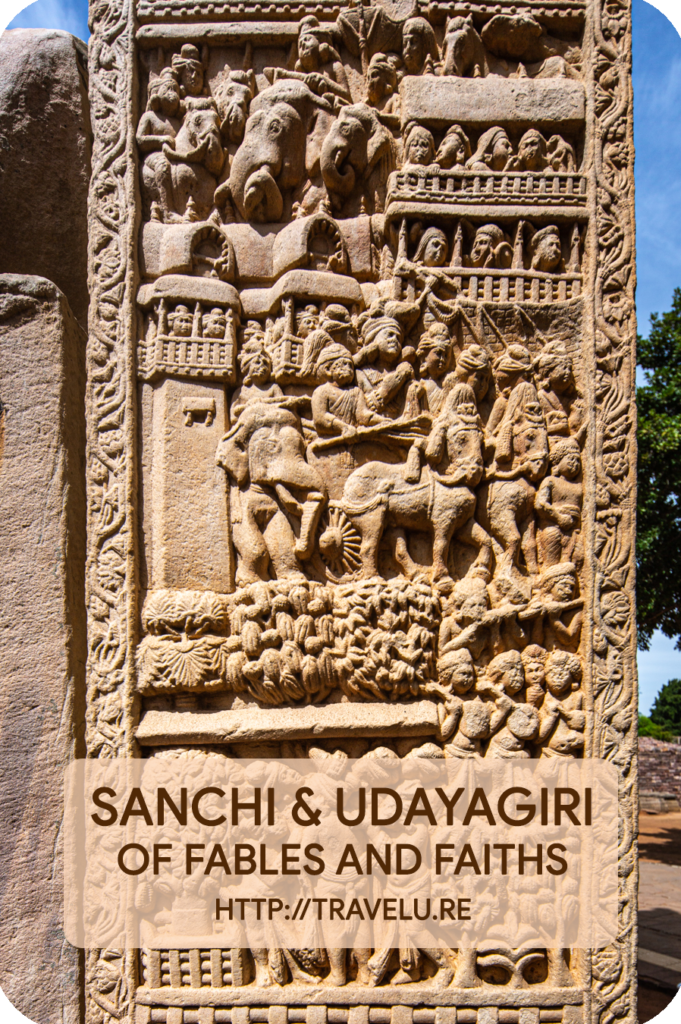
















Always a pleasure to revisit places through your lens!! Cheers Ajay
Thanks, Medhavi, my friend!